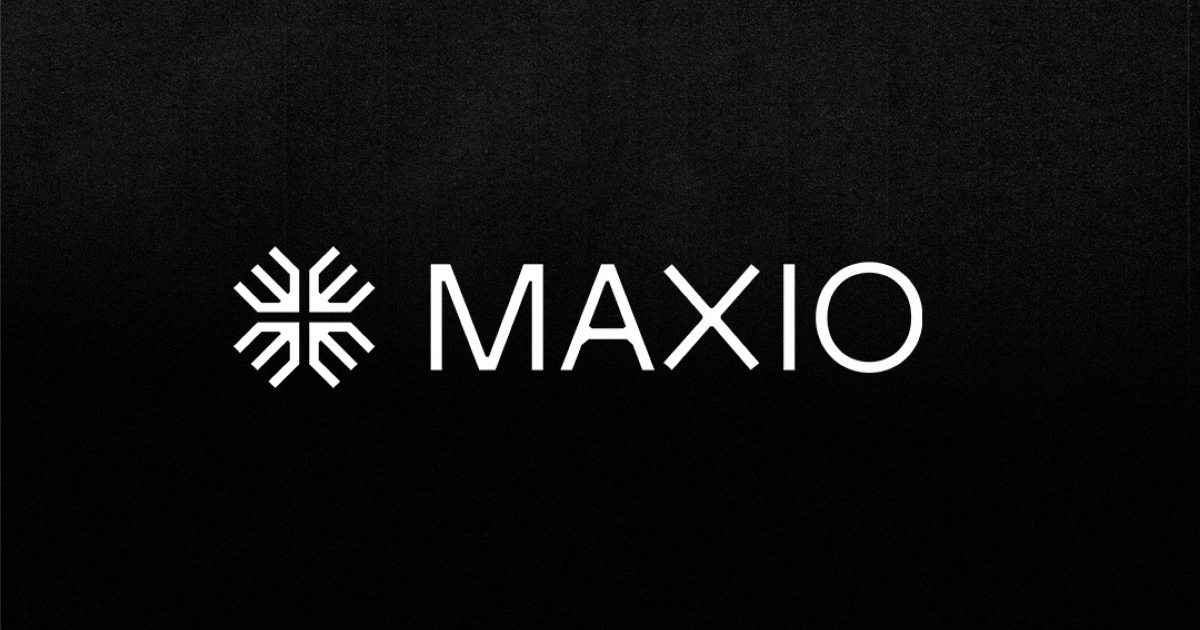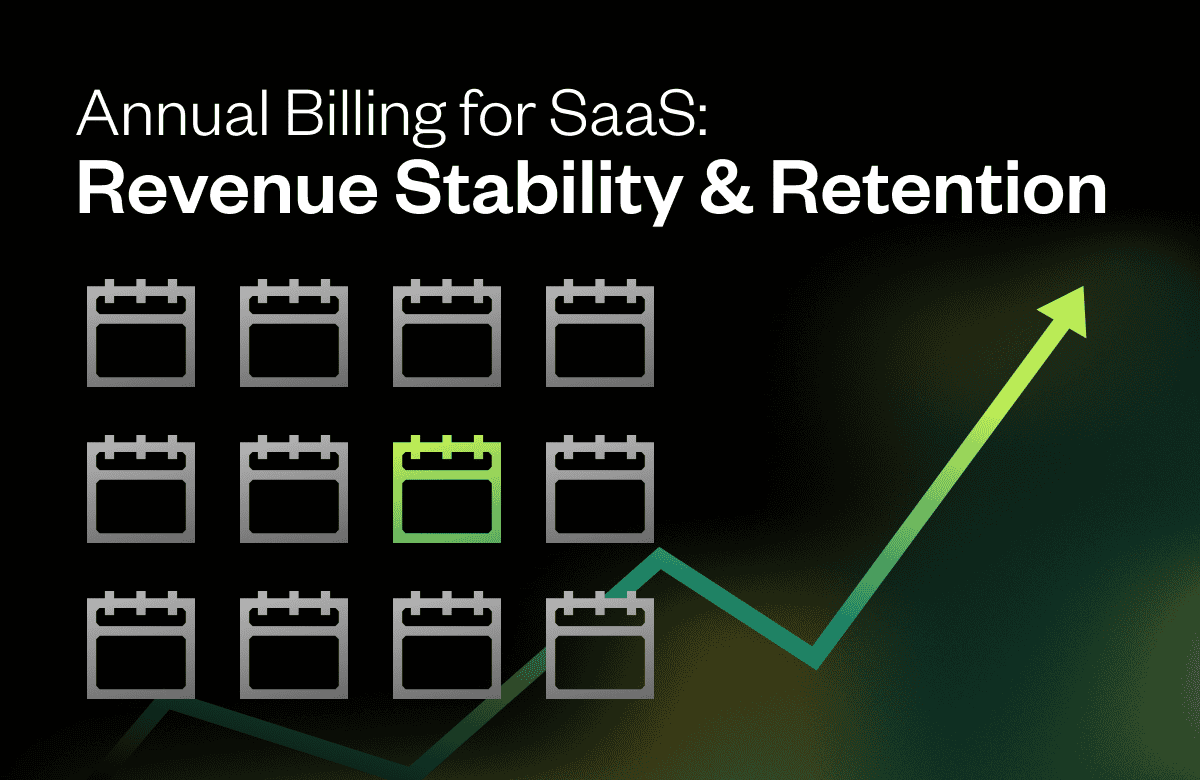Choosing the right payment processor for your SaaS company is an important decision.
After all, your customers trust you with their sensitive financial information. You have to make sure their details are safe.
Moreover, you want to ensure that the payment process is smooth and that there are no hiccups.
This is especially important if you are selling software to established businesses.
B2B customers are happy to pay top dollar for the right solution, but their expectations are high, and they will switch to a competitor the moment you let them down.
So how do you choose the right payment gateway for your B2B SaaS?
This article will break it all down:
- The five essential elements of a payment processing tool
- Analysis of the top 3 payment processors for SaaS companies
- The importance of a subscription billing management solution
What do you need to consider when choosing a payment processor?
There are five main factors that you need to consider when evaluating a payment processor.
#1: Security
When it comes to payment processing, security is the most important thing.
You might think that everyone is comfortable paying online. It’s 2019, after all.
But you have to earn your consumer’s trust. And unless you’re a household name, it’s unlikely that trust has been earned.
The reality is that people are still wary of sharing their credit card details with lesser-known companies.
And B2B clients are even more cautious than individuals. Your consumers are likely using a company card to pay for your software, and their job is on the line if it turns out they’ve trusted someone they shouldn’t.
It’s both your ethical responsibility and a prudent business decision to ensure your customers’ financial information is safe. A security scandal can sink even the most promising startup.
Now, of course, every payment processor is going to tell you that they take security very seriously, but that’s to be expected.
What really matters is not what they say about themselves, but what trusted third parties say about them.
That means checking that your payment processing tool is compliant with the official standard — the Payment Card Industry Data Security Standard (PCI DSS).
Alternatively, look if they have been certified by anyone at all, and then check if the authority that certified them is legitimate.
If you can’t find anything about a payment processor having been vetted by a trusted third party, then it’s probably best to stay away from it.
#2. Price
Of course, while you should always put the customer first, you also need to think about your business.
When you are just starting out, the seemingly tiny differences between the payment processing fees of various payment processors don’t matter much.
However, as your business grows, those “tiny” differences start to add up to a lot of money.
For example, Paypal and Stripe charge the same fee per transaction (2.9% $.30). However, PayPal charges an additional 1% fee for international cards, which Stripe doesn’t. If you move into a global market, those 1% charges could add up quickly, despite not seeming to initially.
Now, that doesn’t mean that you necessarily need to go with the cheaper option. Maybe the payment processor that takes a larger cut offers something that makes it worthwhile.
But you definitely need to think long and hard about how payment processing fees will affect your bottom line (both now and as you grow).
#3. Reputation
People will trust you more if they recognize the payment processor you are using.
For example, while ordinary people (meaning those not involved in entrepreneurship) probably aren’t familiar with Braintree, everyone knows PayPal.
So if someone wants to buy your software but is worried about security, they may look up Braintree, see it’s a PayPal company, and feel reassured.
And if you are selling to B2B customers, the decision-maker will probably be familiar with the biggest payment processors out there and recognize Braintree straight away.
Of course, this doesn’t necessarily mean that you should go with Braintree, but you need to be cognizant of the fact that the reputation of your payment processor matters.
#4. Accepted payment methods
You need to make sure that the payment processor accepts the payment methods that your customers are most likely to use.
Credit cards and PayPal are the two obvious ones, but there are also e-wallets to consider.
Also, if you are not a native of the region that your company is serving, make sure that you know what the most popular payment methods in that region are.
Otherwise, you might miss a major payment method, and lose a lot of money in potential revenue by not offering it.
#5. Accepted currencies
You also want to check whether the payment processor accepts the currencies that your customers are most likely to use.
If it does, check the fees associated with international payments.
Top 3 payment processors for SaaS companies
There are a lot of payment processors on the market.
In this section, we’ll take a look at three major players: Stripe, Braintree, and GoCardless.
Payment Processing Tool #1. Stripe
Stripe, which is headquartered in San Francisco, powers businesses in 100 countries, and processes billions of dollars each year.
They offer three main products: a payment platform, a billing system and software that powers platforms and allows them to pay sellers.
Stripe accepts all major credit and debit cards from customers in almost every country.
They also accept payments from the most popular e-wallets, such as Apple Pay and Google Pay.
Stripe processes more than 135 currencies, so chances are the currency that matters the most to your business is probably on that list.
Their standard payment processing fee is 2.9% $0.30 per successful card charge (but you can get a better deal if you’re handling a large payment volume).
Stripe is trusted by millions of businesses, including companies like Lyft and Hubspot, as well as non-profits such as Unicef, Oxfam and Khan Academy.
You can connect Stripe to Maxio using our Stripe integration.
Payment Processing Tool #2. Braintree
Braintree is a PayPal service that offers two main products, Braintree Direct (to accept online payments) and Braintree Extend (to connect with partners).
There’s also Braintree Marketplace (payments for online marketplaces) and Braintree Auth, which is still in beta at the moment of writing, but will “enable your merchants to connect a Braintree account to your platform, and receive permission to take action on their behalf.”
Braintree accepts most major credit and debit cards such as Visa, MasterCard, American Express, etc.
They also accepts most widely adopted e-wallets such as PayPal, Apple Pay, Google Pay, etc.
The standard payment processing fee is 2.9% $0.30 per transaction. Tailored pricing is also available.
Braintree has an impressive customer list and is trusted by companies like Uber, Airbnb and Dropbox.
You can connect Braintree to Maxio with our Braintree integration.
Payment Processing Tool #3: GoCardless
GoCardless’ payment processing tool helps you collect subscription fees via Direct Debit.
Once your customer completes a one-time debit form and approves the recurring payment schedule, payments will be collected automatically according to that schedule.
They offer three plans:
- Standard. 1% per transaction, minimum $0.25, capped at $2.50, no monthly fee.
- Plus. 1% per transaction, minimum $0.25, capped at $2.50, plus $25 a month.
- Pro. Volume-based pricing, plus $75 a month.
GoCardless is trusted by over 40,000 businesses, including DocuSign, Box, TripAdvisor and The Guardian newspaper.
You can connect GoCardless to Maxio through our GoCardless integration.
Maxio’s other payment integrations
We offer more than 20 payment gateway integrations, including the major players mentioned in this section.
You can see the full list of the payment gateways we support here.
It is important to remember that Maxio does not control the processes, procedures and fees of our payment gateways — it is important to understand what each gateway offers and which is the best fit for your business.
The importance of a billing and revenue management solution
There’s often some confusion about the difference between a payment processor and a billing and revenue management solution.
A payment processor allows you to process the payments from your customers.
A billing and revenue management solution allows you to experiment with and optimize pricing, manage subscriptions, pull meaningful insights based on data and provide your customers with a self-service portal. It’s a far more powerful system that meets your end-to-end revenue management needs.
Now, a payment processor is absolutely necessary if you want to run an online business. You won’t be able to take payments without one.
And, technically, you could build your own subscription billing solution.
However, it would likely mean pulling your developers away from building or improving on your product — it’s an extremely resource-intensive task.
For example, Uri Foox, the founder of Zoey, tried to manage subscription billing with an in-house solution for years. It got to the point where he had a full-time engineer dedicated solely to maintaining it.
“Then, we found Maxio.
Within a month we had completely migrated every customer, gained an entire resource back, were able to plug into analytics that were never previously available, and — most importantly — cut down failed billing renewals. Maxio is now a core part of our business and has enabled us to implement promotions and upsells that we never had access to in our homegrown system. Maxio has made our business much stronger!”
Your billing and revenue management solution can be your competitive advantage!
The world of B2B SaaS can be a cutthroat place.
Your clients are always looking for a better deal, and you need to keep improving your offering if you want to retain them.
You need to look for any competitive advantage available to you, no matter how slight.
The right billing and revenue management solution can be just the advantage that you need:
- It allows you to focus completely on your product. Instead of taking development resources away from your product, you can invest them in improving it. There’s no need to build software that you are not getting paid for.
- It allows you to provide better customer experience. Modern SaaS and B2B customers expect the flexibility to manage their subscriptions on their own, including pausing a plan, downgrading or upgrading their current plan, purchasing add-ons, etc.
- It allows you to optimize your pricing. ProfitWell looked at 512 companies and discovered that monetization had the biggest impact on the bottom line. Optimization of pricing is so powerful that they called it “the untapped growth lever.” And with a sophisticated subscription billing management solution, you can experiment with various billing models, pricing plans and price points until you find what works best for your business.
Let your competitors pour resources into building a custom subscription billing system for themselves.
Leave your own billing and revenue management to professionals that focus on it full-time and have an established track record as well as years of experience in this area.
Here at Maxio, we are committed to providing SaaS businesses with a end-to-end solution that transforms billing and revenue management from a business blocker into a revenue accelerator.
Talk to a billing expert today to see how it can help you grow your business.
Conclusion
Is your current payment processor the best one for your business?
If you aren’t sure, you need to carefully consider all the options, and find the payment processor that best suits your business’ needs.
But don’t expect to rely on it for billing and revenue management. You need a separate solution for that. So either commit to building and managing one in-house, or use an existing solution.
Maxio can help with the latter.



